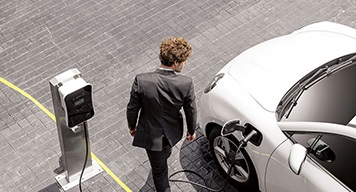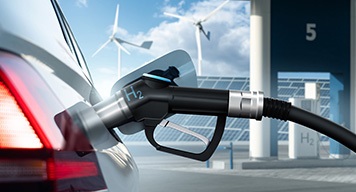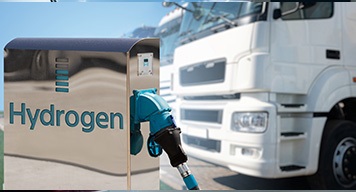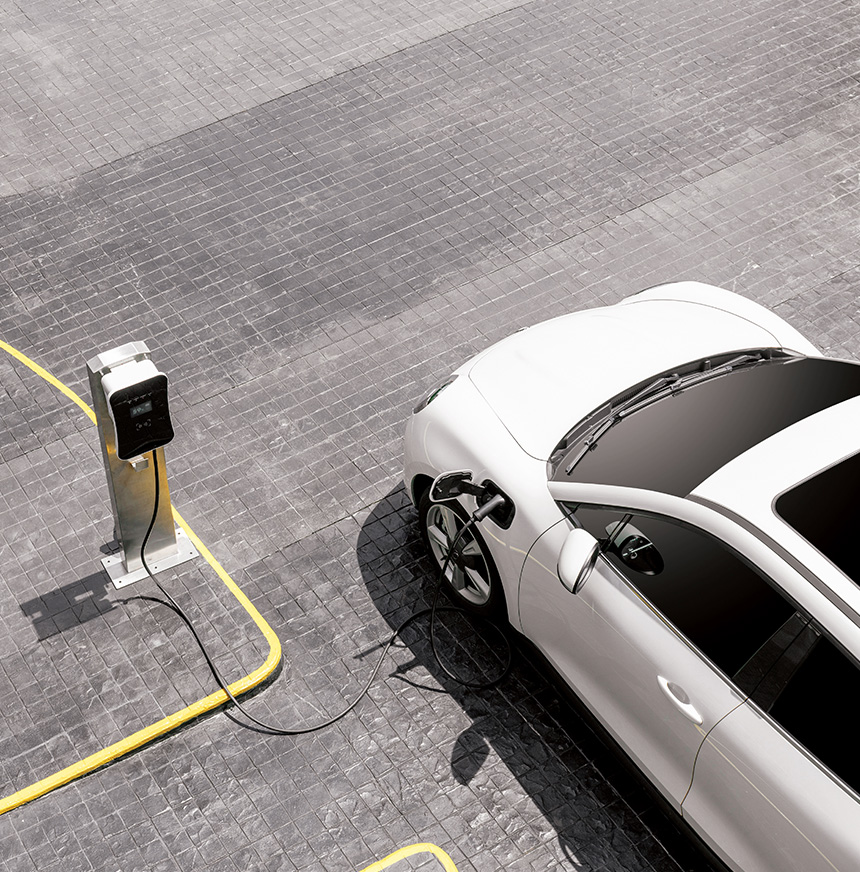Collaborative consulting to transition your business to EVs
Add SG Fleet’s expertise and partnerships to your team to make sure you develop the right plan to help navigate the complexities of ZEV adoption with confidence.
How it works
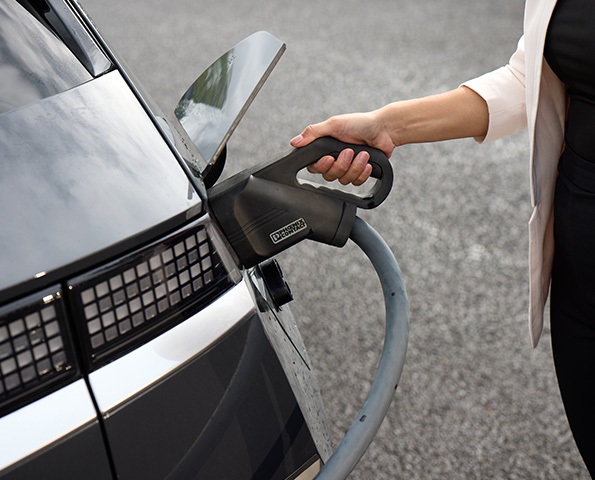
Benefits
FAQs
A total cost of ownership (TCO) comparison between your current petrol/diesel fleet and a corresponding EV fleet option is essential to see if and where a switch would be beneficial. This helps you determine if the higher purchase price of EVs compared to petrol/diesel equivalents could be offset by the lower costs of running and maintaining EVs. Remember to add the cost of offsetting your carbon emissions to your analysis when doing your TCO.
You may also see benefits beyond cost. As pressure to decarbonise increases, customers may favour businesses that had the foresight to adopt EVs.
Some of the steps to consider when considering a switch from internal combustion engine (ICE) vehicles to EVs include:
Identify your goals and set a strategy that aligns with these goals
Understanding your current fleet activity – vehicle types, usage patterns, etc.
Plan your transition – possibly beginning with a small-scale pilot before an entire fleet rollout.
Define your charging strategy – is it all public charging or a mix of workplace and home?
Implement the introduction of EVs and the support infrastructure
Track the impacts to adjust and improve
Driving Insights
